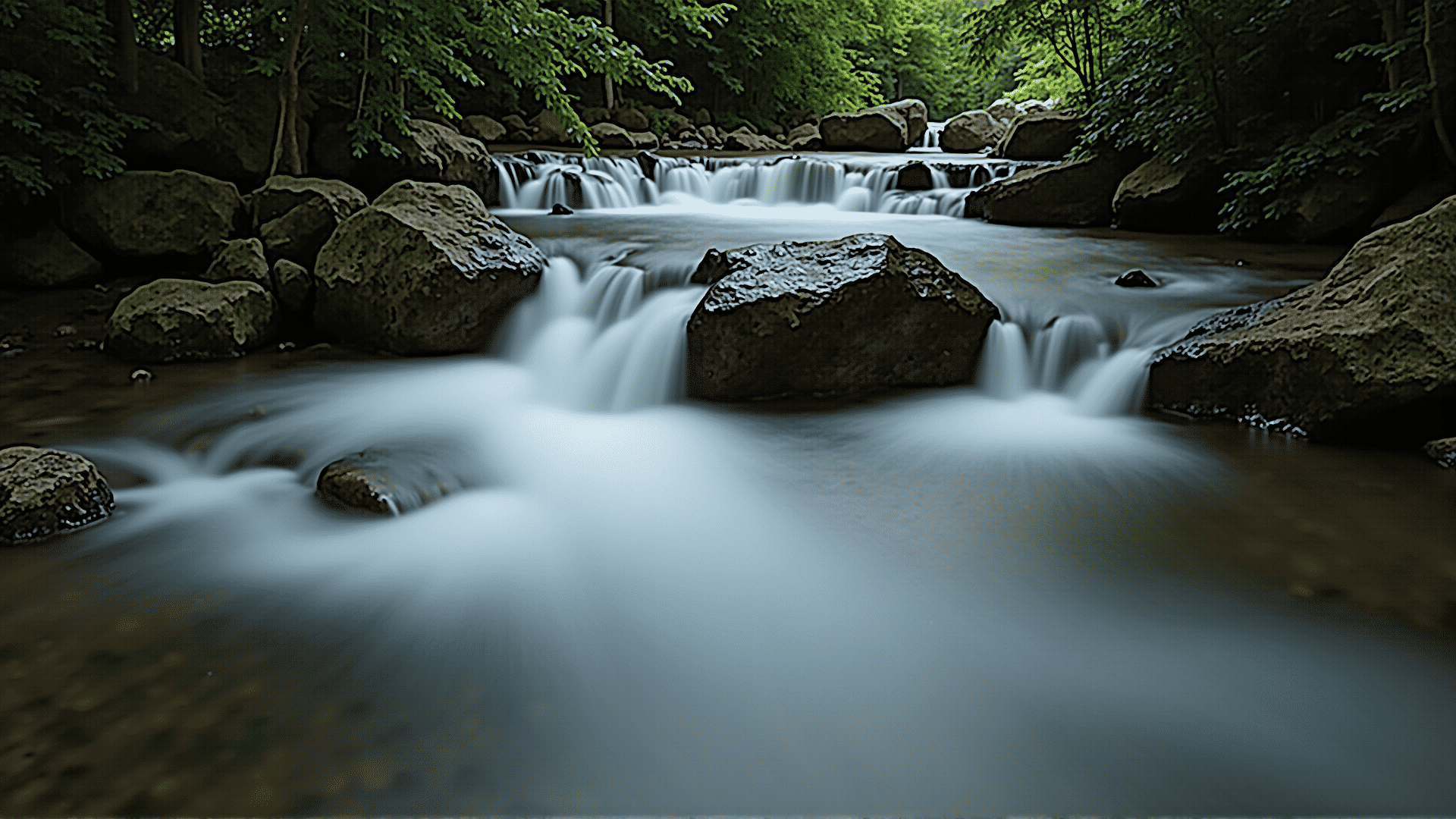Capturing the mesmerizing world through long exposure techniques can transform the mundane into the magical. With a little patience and the right approach, you can unveil the hidden beauty of landscapes and cityscapes. Here, we’ll explore how to master this captivating art form.
Understanding the Basics
Long exposure photography involves using slow shutter speeds to let your camera sensor (or film) gather light over a longer period. This technique highlights motion in a scene, creating smooth, dreamy effects—think of silky waterfalls, ethereal skies, and glowing light trails from vehicles.
Essential Equipment
To start, you’ll need a few key pieces of equipment:
-
Tripod: Stability is crucial since slow shutter speeds can lead to blurry images if not stabilized.
-
Camera with Manual Settings: While some smartphones have long exposure capabilities, a camera with manual controls offers more flexibility.
-
Neutral Density (ND) Filter: In bright conditions, an ND filter helps reduce the amount of light entering the lens, allowing for longer exposures.
Techniques to Try
Here are some foundational techniques to experiment with:
Capturing Water
For scenes involving water, such as rivers or oceans, aim for exposures between 1/2 to 30 seconds, depending on the water's movement. This will turn flowing water into smooth, misty streams.
Light Trails and Urban Scenes
Urban environments offer a playground for capturing light trails and motion. Set your camera to a shutter speed of around 10-30 seconds to immortalize the bustling energy of city lights or the streaks of car headlights.
Starry Skies
When photographing celestial scenes, use exposures ranging from 15 seconds up to several minutes. Be cautious of star trails forming from Earth's rotation if you prefer static stars.
Tips for Spectacular Shots
-
Timing: The best times are during twilight—after sunset or before sunrise—when the lighting is soft and balanced.
-
Compose Thoughtfully: Use elements like leading lines or interesting foregrounds to add depth and intrigue to your images.
-
Experiment with Shutter Speeds: Different scenes and subjects require varying speeds, so don't hesitate to try multiple settings.
-
Post-Processing: Editing programs can enhance colors, adjust exposure, and bring out details that may not be immediately visible.
Creative Exploration
Long exposure photography is about creativity and experimentation. As you grow confident with basic techniques, try incorporating elements like steel wool, fireworks, or reflective surfaces to elevate your images. Moreover, seek out dynamic weather conditions such as cloudy or foggy days, which can add drama and mood to your photographs.
Engaging with this technique will sharpen not only your technical skills but also your artistic perspective. Once you are comfortable with the basics, the world is your canvas to explore and depict the unseen fluidity of life through your lens.
